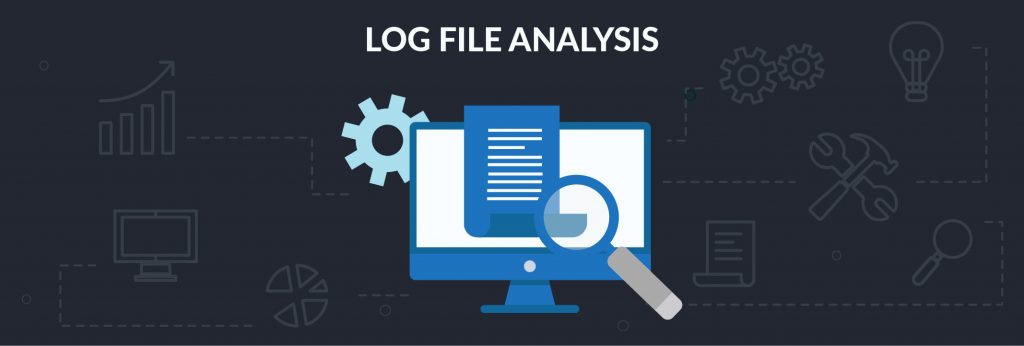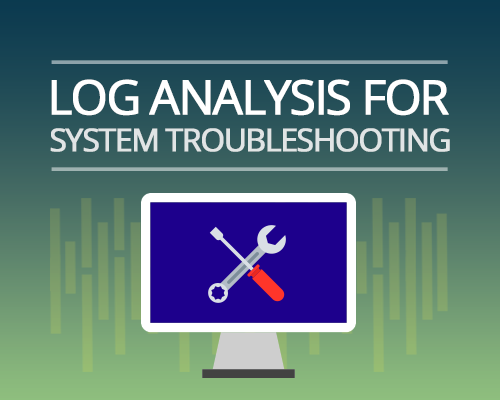Log Analysis, How Log Analysis work?, Log analysis methods and its purposes.
Log Analysis | How Log Analysis work? | Log analysis methods | Purposes of log analysis

Introduction
Log Analysis is the process of analyzing the data generated by system, software activities stored in the form of log data. Log data include each and every activity done in a system, network, software or hardware. Most of the log are automatically generated in OS and in case of web application log are generated in server as defined by the developer. Log analysis helps in tracking unusual behavior of the system or software by analyzing log data generated. Log analysis helps in detecting security breach, malware attacks, performance monitor etc. Many enterprises use log analysis for troubleshooting issues, network failure detection, fraud detection etc.
How Log Analysis work?
Logs are usually generated by operating system, network devices, applications, or IoTs. After that collector like log collector collects the data from the system. Then cleaning and indexing logs is done for better analysis like type of data it is warning or information or request. Implementation of analysis like pattern recognition, tagging, normalization and correlation analysis by using various machine learning technique. With machine learning, automation is implemented for detecting various issues and generate alert. Realtime log analysis helps in intruder detection, application failure, fraud detection etc. After this report generation is done.
Log analysis methods
Log analysis methods used for analyzing and extracting information from log are:
Normalization:
Normalization is data management technique for converting logs in same format. Process of indexing and centralizing methods for faster accessing is done in normalization for standardized log data.
Pattern Recognition:
Normally machine learning is used for pattern recognition where useful log messages are separated form log data. Pattern of unusual behavior in system is detected in this process by pattern of message.
Tagging and Classification:
Same type of messages is grouped together and tagging is applied so that analysis can be performed on group of log messages. There may be normal data which are filtered form the log messages.
Correlation Analysis:
Correlation analysis helps in finding the relation between different logs form different source of generation. It is used in cyber security for detecting relation between various output of the logs from system. Let us consider your system got attack or failed or gets affected by malware then you store the data and compare it with the logs for finding actual issues in the system. Output form the analysis can be compared with future log analysis for real time detection.
Different purposes of log analysis:

- Understand the behavior of your users.
- Troubleshoot the computers, system or applications.
- Real time detection of intrusion or attacks.
- Real time monitoring
- Help in conducting investigation and fraud detection.
